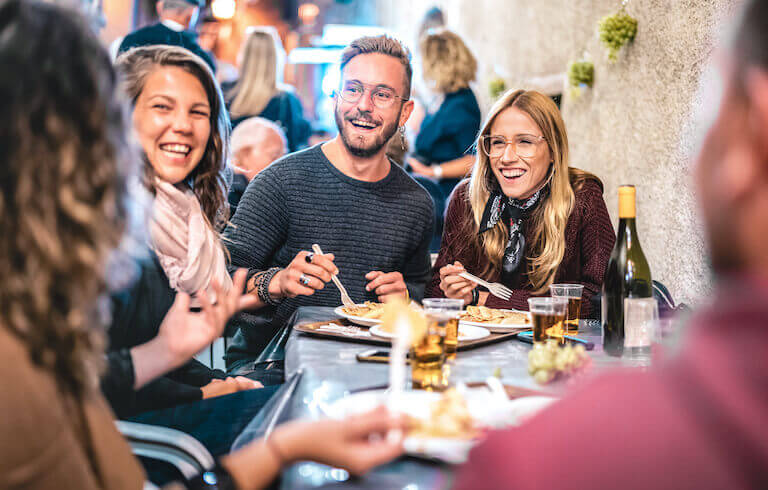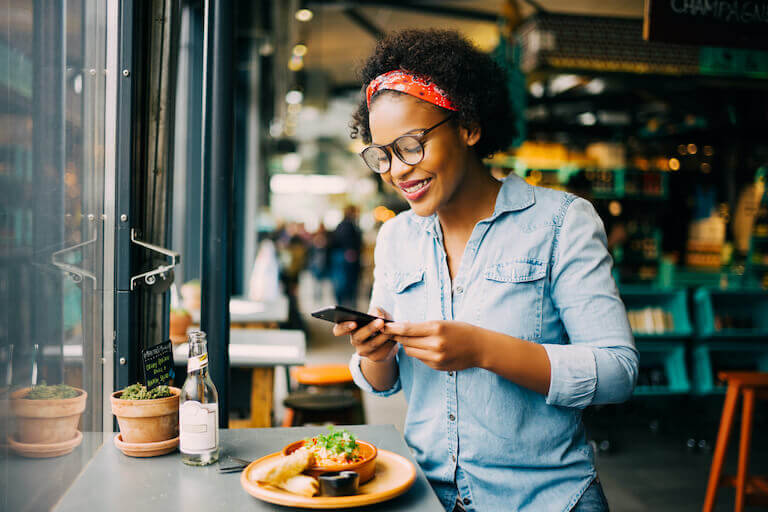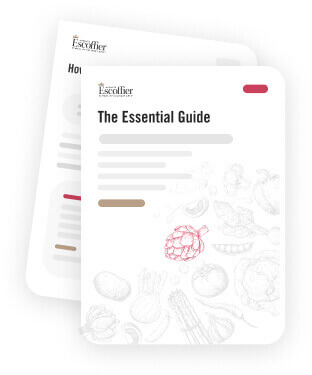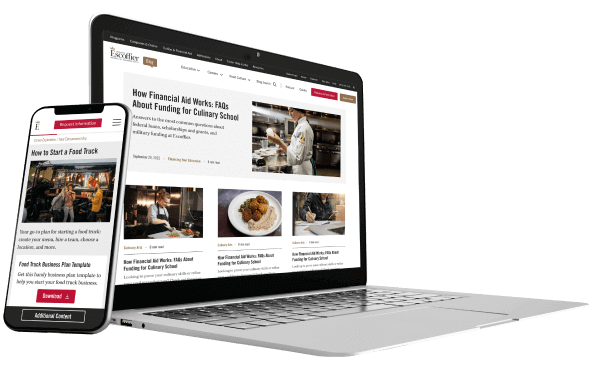For many, happy hour offers a much-needed morale boost at the end of a hard day. It lets friends and coworkers gather to unwind, share a laugh, and get to know each other better.
For restaurateurs, happy hour can be a boon to business, with deals and discounts turning formerly slow times into lively—and lucrative—service periods.
But as consumer tastes have evolved, it’s no longer enough to just rely on low prices to make happy hour profitable. So here are four happy hour ideas that you can use to spread the word and make the most of this valuable time slot.
1. Add Food to Protect Your Bottom Line
If you and your competitor across the street are both offering discounted draft beers, why should customers choose you?
Sweeten the deal with happy hour combos. While we may think of fast food when we hear “combo,” this method can actually work very well for high-end restaurants, too. A fine dining restaurant with a raw bar, for example, could offer a champagne and oysters combination during happy hour. That’s a beloved pairing, and it can make guests feel like they’re getting a great deal.
Another way this can work is to offer smaller versions of appetizers at a lower price point than on the dinner menu. By reducing the serving size, you can protect your food cost. And you may also bring your restaurant’s happy hour within reach for a wider demographic that might be more budget-conscious.
For casual restaurants, packages can be a great enticement for groups of friends or coworkers to pay you a visit. A bucket of ice cold beers along with a tray of assorted appetizers for one easy price? That can make “Where should we go for happy hour?” easy to answer.
Pricing a menu and managing food costs are part of the curriculum in various degree and diploma programs at Auguste Escoffier School of Culinary Arts. With this background, chefs and restaurant owners may find optimizing their menu profitability to be an easier task.

Combining food and drink specials during happy hour can help attract new customers.
2. Reverse Your Happy Hour
The purpose of happy hour deals is to get guests into the bar or restaurant during the slow “pre-dinner” time. But there’s no reason that the concept has to be limited to those hours.
A reverse happy hour applies the same concepts to the time block after dinner, to encourage late night sales. This can be especially effective if your restaurant is located near other nighttime activities, like a theater district. If people are already out and about in the neighborhood, give them a reason to make your restaurant a destination!
If you’re going to go this route, make sure it starts late enough in the evening that you’re not “poaching” your own full-price dinner sales. If your reverse happy hour starts before 9pm, you may lose dinner reservations to the thrifty diners who prefer to wait for the cheaper prices.
Another version of this idea is “all day happy hour” on your slowest business days, like Sundays or Mondays. As always with happy hour, pay very close attention to your bottom line. A 50% discount on drinks means you’ll have to sell twice as many to earn the same revenue. So you’ll need a solid plan in place to attract more customers to your new specials. One way to do that?
3. Invite Influencers
While it’s easy to think of influencers as only existing online, the truth is that many local influencers are truly dedicated to their community’s food scene and are often eager to help promote their neighborhood eateries.
Influencers also hold major sway with their audiences. According to influencer marketing experts, more than half of consumers surveyed reported purchasing a product because of an influencer recommendation. Local influencers with fewer than 100,000 followers generally see higher engagement from their fans than the huge social media stars with millions of followers.
They also need content for their social media feeds. That’s where you come in!

A single influencer can use their platform to create new demand for your restaurant.
When you are ready to market your new happy hour specials or hours, the influencers need to hear about it. Inviting either individuals or groups of local foodies to try your food and drinks is a great way to generate positive marketing and start some chatter about your restaurant.
4. Don’t Neglect Your Current Customers
When we talk about marketing and promotions, so much of the focus is on new visitors. But you may also want to put an emphasis on maintaining your current customer base. So what are you doing to promote your happy hour to your current fans?
Within the restaurant, you can promote happy hour on:
- Menus
- Table tents
- Guest checks
- Takeout bags
- Signs behind the bar
- Signs in the bathrooms
- Chalkboard art
Focus on digital promotion as well. Make sure your happy hour deals are on your website—preferably on the homepage where they’re easy to spot. Do regular posts on social media to remind your followers about your offerings. And if you’ve been collecting email addresses, this is the perfect time to put them to use!
If your restaurant runs a loyalty program, you might want to explore incorporating happy hour deals into the program’s benefits, like offering exclusive access or members-only discounts. This could even have a synergistic effect, by giving loyalty members another reason to come back to your restaurant while giving non-members another incentive to join your program!
Keep It Legal and Safe!
This is not so much a tip for promoting your happy hour as it is a suggestion for ensuring your promotion plays by the rules.
Laws regulating happy hour differ drastically from state to state, and can even change from county to county. Massachusetts, for example, bans selling discounted drinks for less than a full calendar week. So happy hour specials are out.
And in Virginia, happy hour is allowed, but “reverse happy hour” is not—at least not between the hours of 9pm and 2am. Other states and counties have rules on the amount a drink can be discounted, and even on the way happy hour can be advertised.
So before you make any changes to your restaurant’s happy hour policies, check in with your local alcoholic beverage commission to ensure you don’t make any missteps.
Stay On Top of Your Strategy
While happy hours can be beneficial for your business, they’re far from a sure thing—it takes careful management of food costs to determine if these promotions are profitable. But when done right, happy hours can attract more guests during your “down-times,” helping you get both more exposure and more revenue with very little investment beyond your time and brainpower.
If you’re looking to enrich your restaurant management skill set, consider pursuing a culinary education through Escoffier’s Food Entrepreneurship or Hospitality & Restaurant Operations Management programs, which focus on the business principles that can help your restaurant thrive.
Plus, financial aid, grants, and scholarships are available to those who apply and qualify, which can help make the opportunity to get an education that much more accessible.
IF YOU LIKED THAT ARTICLE, TRY THESE NEXT:
- How to Improve the Ambiance of Your Restaurant
- How Culinary School Can Help You Write and Implement a Restaurant Business Plan
- Cooking Up Resilience: How Five Culinary School Graduates Turned Challenges into Triumphs
This article was originally published on June 29, 2016 and has since been updated.

